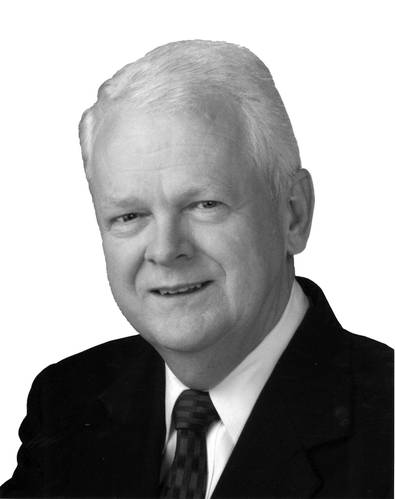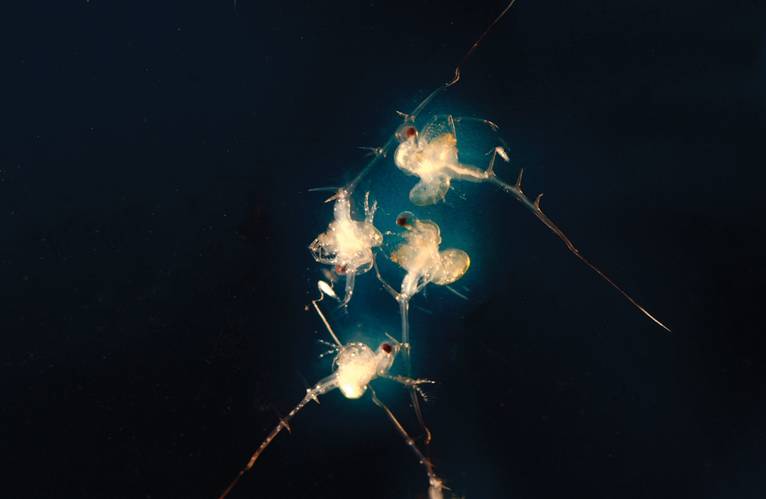BWMS Looms Large
Suggested Ballast Water Management Systems Regulatory Changes
After many years of negotiation, the International Convention for the Control and Management of Ships’ Ballast Water and Sediments was adopted on 16 February 2004 by an international conference sponsored by the International Maritime Organization (IMO). The Ballast Water Management (BWM) Convention was a major step forward in reducing the risk of the introduction of non-indigenous aquatic species into local marine ecosystems by means of the discharge of ballast water from ships arriving from distant locations. For a variety of reasons, though, the BWM Convention has yet to garner sufficient ratifications to allow it to enter into force.
The importance of remedial measures to address potential aquatic invasive species was highlighted by the 1988 discovery of zebra mussels in the Great Lakes of North America. The most likely vector for introduction of zebra mussels from their native habitat of the Black Sea was through the discharge into the Great Lakes of ballast water by freighters arriving to load grain to carry back to the Soviet Union. Having no natural predators in North American waters, the filter-feeding zebra mussels have proliferated, clogging water pipes and other underwater structures. Removing the zebra mussels from vital structures is estimated to cost in excess of $100 million annually. Other aquatic invasive species have also been introduced around the world by means of ballast water discharges. Although ballast water discharge is not the sole vector for such unintended species transfers, it is the most visible.
The initial reaction of governments and the maritime industry was the adoption of high seas ballast water exchange. This was always seen as an interim approach. Ballast water exchange, where high salinity ocean water is used to replace fresh or brackish water, will kill most aquatic species that might set up residence in a new port, but some critters can survive the exchange process. In addition, discharging ballast water while underway on the high seas can be dangerous to the ship and its crew, as evidenced by the near loss of the car carrier Cougar Ace off the Aleutian Islands in July 2006.
The preferred solution was a technical approach, but this presented numerous difficulties. No one had ever filtered the volumes of water in the time required to make it commercially practicable for merchant vessels. Ballast water is inherently dirty. Aquatic invasive species are almost always small. There was no universal agreement on how clean the discharge water had to be. Some jurisdictions (California and Michigan come to mind) proposed that the discharged ballast water should ultimately have no living organisms (e.g., sterile water). Somewhat surprisingly though, the IMO and the US federal government were able to arrive at a consensus. Thus, the standard for approved discharge of ballast water is the same under both the BWM Convention and the regulations promulgated by the US Coast Guard and the Environmental Protection Agency (EPA). The international maritime community has never been thrilled with the BWM Convention. Their objections, though, have been somewhat vague until recently. Now, they are raising some specific, and largely valid, concerns. The first concern relates to the implementation schedule. For some reason, the drafters of the BWM Convention assumed that the Convention would enter into force promptly. Relying on that assumption, they inserted into the Convention hard dates for when vessels would be required to install BWM systems. The Convention was adopted in 2004. It provides, in pertinent part, that any covered vessel with a ballast water capacity of 5,000 cubic meters or less must have installed an approved BWM system by 2009 (more than three years ago). This absurd result could have been avoided if the compliance dates had been calculated from the entry-into-force date.
Various marine industry groups have proposed that the implementation dates for the BWM Convention be delayed. The International Chamber of Shipping (ICS) proposes that existing ships should be defined as those having been constructed prior to entry into force of the Convention. ICS further proposes that existing ships not be required to retrofit BWM systems until their next full five year survey, rather than the next intermediate survey should this be sooner. This would have the effect of spreading implementation over five years, rather than two or three. INTERTANKO is just as emphatic about the need for changes to the implementation schedule, but less specific about how this should be accomplished.
In its final rule on standards for living organisms in ships’ ballast water discharged in United States waters, issued on March 23, 2012, the US Coast Guard adopted a middle position. It defined existing vessel to mean any covered vessel constructed before December 1, 2013. All new vessels must have an approved ballast water management system. Existing vessels must retrofit an approved ballast water management system not later than the vessel’s first scheduled drydocking after January 1, 2014 (for vessels with a ballast water capacity of between 1,500 and 5,000 cubic meters) or the first scheduled drydocking after January 1, 2016 (for all other vessels). Provision is also made for an extension of compliance for up to one year under limited conditions.
INTERTANKO has rightly expressed concern about the process by which ballast water management systems are approved under the BWM Convention. While the laboratory testing of proffered systems under current IMO guidelines is reasonably consistent between BWM system models, it is not overly rigorous. It is important that the BWM system, once installed on a ship, operate at the required level as port states have regularly asserted that they will be testing the ballast water discharges of vessels calling at their ports. Ship owners deserve a relative level of comfort that the ballast water management systems that they purchase and install will pass muster with port state control (PSC) inspectors.
Only the United States has adopted a program to test BWM systems under rigorous conditions. The Environmental Technology Verification (ETV) program, administered by the Environmental Protection Agency (EPA), combines the active involvement of stakeholders, including technology buyers, sellers, regulators, consultants, and financiers. To ensure transparency, test procedures, technology performance reports, and verification statements are posted on the internet. The US Coast Guard has incorporated into its BWM regulation the requirement that a BWM system must have successfully passed the ETV protocol in order to be approved. The only fly in the ointment is that the regulation is new (published on 23 March 2012, with an effective date of 21 June 2012) and only one independent testing facility has been certified so far for BWM system testing under the ETV protocol. As of the date of this writing (October 2012), no BWM system has been approved by the US Coast Guard.
As an interim measure, the Coast Guard has stated that it will allow the manufacturer of a BWM system approved under the BWM Convention process to request a Coast Guard determination that its BWM system is an alternative management system (AMS) that can be used by vessels calling in US waters in lieu of using high seas ballast water exchange. The use of an approved AMS by a vessel will be allowed for up to five years after the vessel is required to comply with the USCG BWM regulation.
Both the IMO and the US Coast Guard have painted themselves into corners, although the Coast Guard will have less difficulty extracting itself. The IMO must do a better job of clearly communicating to the maritime sector that it will not place ship owners, operators, and masters in an impossible position. It must, at the earliest possible opportunity, publicly state that the BWM system compliance schedule will be extended to account for the delay in the coming-into-force of the Convention. It must also adopt protocols, similar to the EPA ETV program, to ensure that BWM systems being sold to ship owners actually perform at the required standards. These steps may be difficult as the IMO lacks the ability to directly amend a Convention that is not yet in force, but a clear statement of intent on the part of the IMO should suffice in the interim.
As for the US Coast Guard, it has included in the BWM regulation a provision allowing individual ship owners to apply for a one-year extension of the compliance date in the event of impossibility. Certainly, the lack of an approved BWM system would qualify for such an extension, but it makes no sense to require each ship owner to submit a separate application to address an industry-wide situation. In addition, the delay may exceed one year in length. Rather, the Coast Guard can, and probably will, issue a blanket deferral of the compliance date until approved equipment is available and can be installed. It is suggested that the Coast Guard consider changing the definition of new vessel to mean any covered vessel delivered 30 months after the Coast Guard announces that adequate approved commercial BWM systems are available. It is also suggested that the compliance date for existing vessels be changed to 60 months after such an announcement.
No one doubts the importance of the ballast water management program. There are practical and engineering obstacles delaying full implementation. It is hoped that the regulators can make the systemic changes necessary to address these obstacles.
Dennis L. Bryant,
Maritime Regulatory Consulting, Gainesville, FL,
Tel: 352-692-5493
Email: dennis.l.bryant @gmail.com
(As published in the November 2012 edition of Maritime Reporter - www.marinelink.com)

















